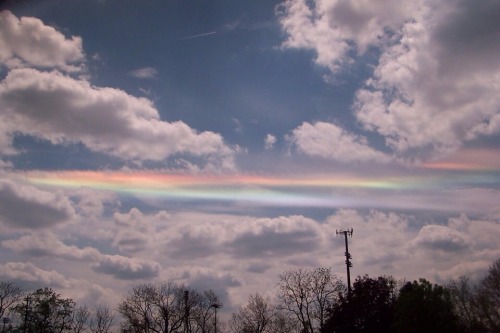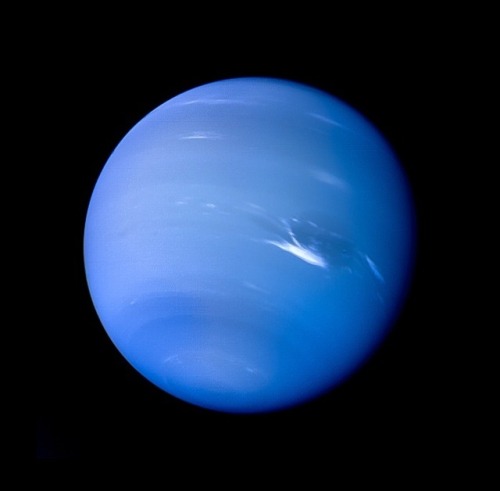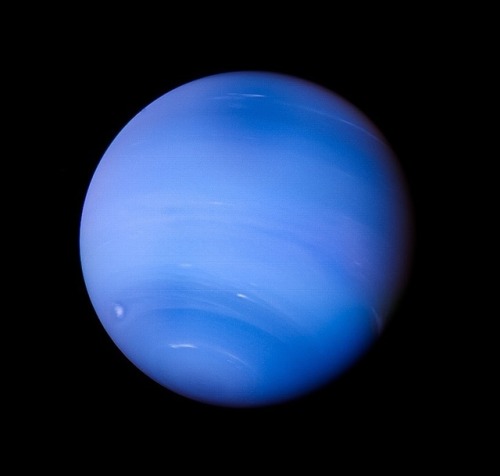Credit: NASA/ESA/Hubble Space Telescope










Credit: NASA/ESA/Hubble Space Telescope
While we’re waiting for some hopefully good news that the amazing instrument is returning to service (down since October 5 due to a gyro dyfugalty) here are some of the Hubble Space Telescope’s top pics.
More Posts from Riekod and Others

Arp 194: Merging Galaxy Group via NASA
Glass of Supervicious Fluid
the fact that stars even exist and we can look at them every night for free just makes me go !!!!!!!!!!!!!!
“Math is language like English, just less commonly spoken”
— Seismology professor







Amazing views from the International Space Station (ISS)
How Big is Our Galaxy, the Milky Way?
When we talk about the enormity of the cosmos, it’s easy to toss out big numbers – but far harder to wrap our minds around just how large, how far and how numerous celestial bodies like exoplanets – planets beyond our solar system – really are.
So. How big is our Milky Way Galaxy?
We use light-time to measure the vast distances of space.
It’s the distance that light travels in a specific period of time. Also: LIGHT IS FAST, nothing travels faster than light.

How far can light travel in one second? 186,000 miles. It might look even faster in metric: 300,000 kilometers in one second. See? FAST.

How far can light travel in one minute? 11,160,000 miles. We’re moving now! Light could go around the Earth a bit more than 448 times in one minute.

Speaking of Earth, how long does it take light from the Sun to reach our planet? 8.3 minutes. (It takes 43.2 minutes for sunlight to reach Jupiter, about 484 million miles away.) Light is fast, but the distances are VAST.

In an hour, light can travel 671 million miles. We’re still light-years from the nearest exoplanet, by the way. Proxima Centauri b is 4.2 light-years away. So… how far is a light-year? 5.8 TRILLION MILES.

A trip at light speed to the very edge of our solar system – the farthest reaches of the Oort Cloud, a collection of dormant comets way, WAY out there – would take about 1.87 years.
Our galaxy contains 100 to 400 billion stars and is about 100,000 light-years across!
One of the most distant exoplanets known to us in the Milky Way is Kepler-443b. Traveling at light speed, it would take 3,000 years to get there. Or 28 billion years, going 60 mph. So, you know, far.
SPACE IS BIG.

Read more here: go.nasa.gov/2FTyhgH
Make sure to follow us on Tumblr for your regular dose of space: http://nasa.tumblr.com.
Dust, stars, and cosmic rays swirling around Comet 67P/Churyumov–Gerasimenko, captured by the Rosetta probe. (Source)



images of Neptune taken by Voyager 2 on August 24 1989.
Credit: NASA/JPL-Caltech/Kevin M. Gill

After the rain of Hurricane Florence came the rainbow, or rainbows, in this case. Photographer John Entwistle captured this image of a rainbow with several additional supernumerary bows. The inner fringes seen here form when light passes through water droplets that are all close to the same size; given the spread seen here, the droplets are likely smaller than a millimeter in diameter. Supernumerary rainbows cannot be explained with a purely geometric theory of optics; instead, they require acknowledging the wave nature of light. (Image credit: J. Entwistle; via APOD; submitted by Kam-Yung Soh)
-
 alifelikememory liked this · 1 year ago
alifelikememory liked this · 1 year ago -
 anpaintsthemoon reblogged this · 1 year ago
anpaintsthemoon reblogged this · 1 year ago -
 k1ll3rqu33n liked this · 1 year ago
k1ll3rqu33n liked this · 1 year ago -
 highlittlewraith reblogged this · 1 year ago
highlittlewraith reblogged this · 1 year ago -
 starttheheadbanging reblogged this · 1 year ago
starttheheadbanging reblogged this · 1 year ago -
 mindnot-that-much liked this · 2 years ago
mindnot-that-much liked this · 2 years ago -
 umehito liked this · 2 years ago
umehito liked this · 2 years ago -
 rainbowgraphite liked this · 4 years ago
rainbowgraphite liked this · 4 years ago -
 deckerstar-eternally-endgame reblogged this · 4 years ago
deckerstar-eternally-endgame reblogged this · 4 years ago -
 deckerstar-eternally-endgame liked this · 4 years ago
deckerstar-eternally-endgame liked this · 4 years ago -
 nohajnsstuff liked this · 4 years ago
nohajnsstuff liked this · 4 years ago -
 pale-shadow-of-a-dragon liked this · 4 years ago
pale-shadow-of-a-dragon liked this · 4 years ago -
 lucyintheskywithxanax reblogged this · 4 years ago
lucyintheskywithxanax reblogged this · 4 years ago -
 vocallife reblogged this · 4 years ago
vocallife reblogged this · 4 years ago -
 disturbeddisaster liked this · 4 years ago
disturbeddisaster liked this · 4 years ago -
 annagracepevensie liked this · 4 years ago
annagracepevensie liked this · 4 years ago -
 getas-regina reblogged this · 4 years ago
getas-regina reblogged this · 4 years ago -
 getas-regina liked this · 4 years ago
getas-regina liked this · 4 years ago -
 prima-causa reblogged this · 4 years ago
prima-causa reblogged this · 4 years ago -
 jeanclaudevandammes reblogged this · 4 years ago
jeanclaudevandammes reblogged this · 4 years ago -
 moonouns reblogged this · 4 years ago
moonouns reblogged this · 4 years ago -
 moonouns liked this · 4 years ago
moonouns liked this · 4 years ago -
 swampcastle reblogged this · 4 years ago
swampcastle reblogged this · 4 years ago -
 kokodrawings liked this · 4 years ago
kokodrawings liked this · 4 years ago -
 momentomouri reblogged this · 5 years ago
momentomouri reblogged this · 5 years ago -
 yo-nes-perhaps reblogged this · 5 years ago
yo-nes-perhaps reblogged this · 5 years ago -
 johnnyglennfrye liked this · 5 years ago
johnnyglennfrye liked this · 5 years ago -
 cheertakeover liked this · 5 years ago
cheertakeover liked this · 5 years ago -
 mloyasworld liked this · 5 years ago
mloyasworld liked this · 5 years ago -
 annebrontesrequiem liked this · 5 years ago
annebrontesrequiem liked this · 5 years ago -
 luisnbrito96 liked this · 5 years ago
luisnbrito96 liked this · 5 years ago -
 luisnbrito96 reblogged this · 5 years ago
luisnbrito96 reblogged this · 5 years ago -
 kewpiiie reblogged this · 5 years ago
kewpiiie reblogged this · 5 years ago -
 kewpiiie liked this · 5 years ago
kewpiiie liked this · 5 years ago -
 ntsclbkwrm liked this · 5 years ago
ntsclbkwrm liked this · 5 years ago -
 felinfatale liked this · 5 years ago
felinfatale liked this · 5 years ago -
 diamondgyozas liked this · 5 years ago
diamondgyozas liked this · 5 years ago -
 kasei-mars liked this · 5 years ago
kasei-mars liked this · 5 years ago -
 almasystem liked this · 6 years ago
almasystem liked this · 6 years ago -
 kajin-min liked this · 6 years ago
kajin-min liked this · 6 years ago -
 scienceandtechnologycompendium reblogged this · 6 years ago
scienceandtechnologycompendium reblogged this · 6 years ago